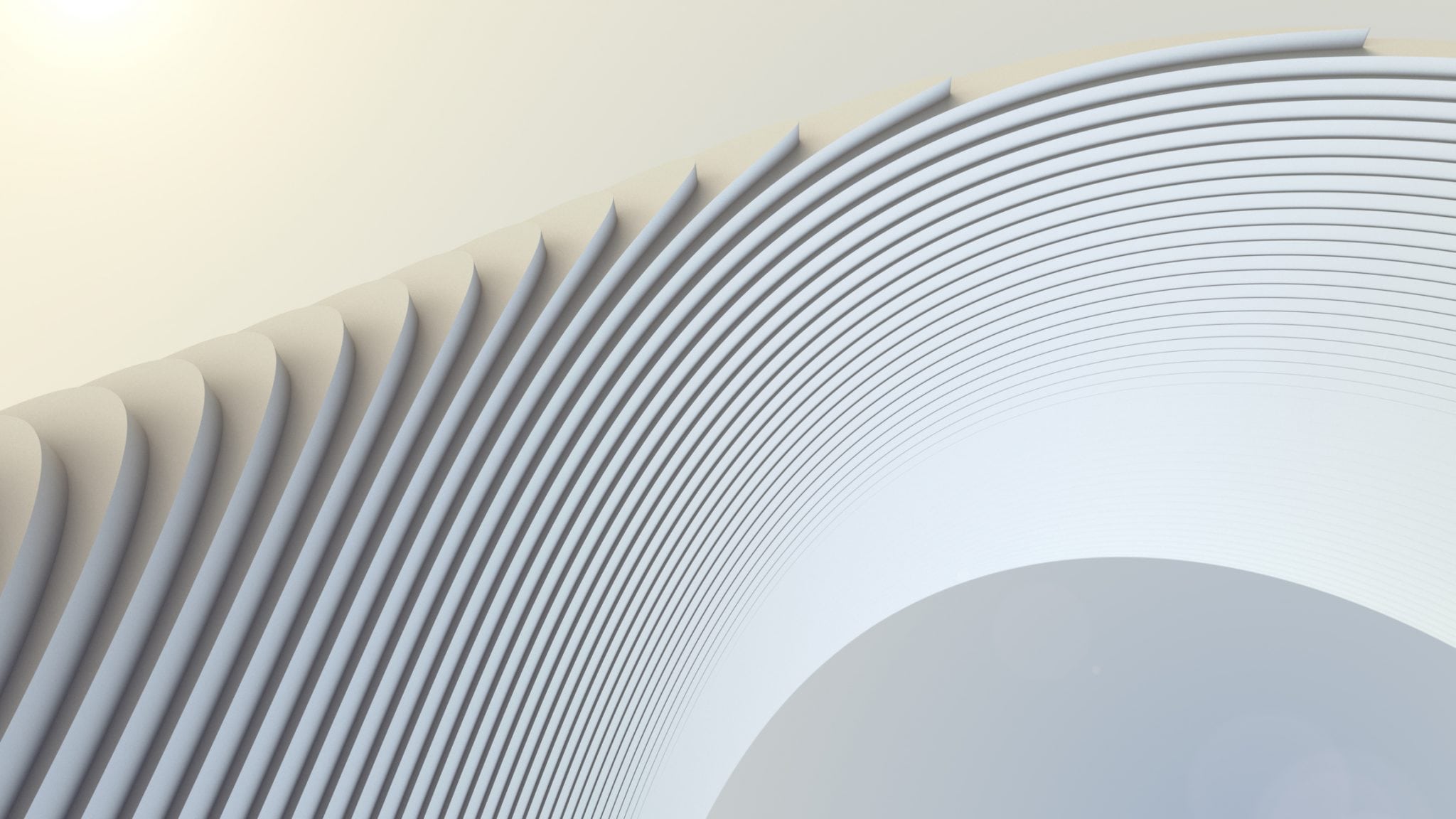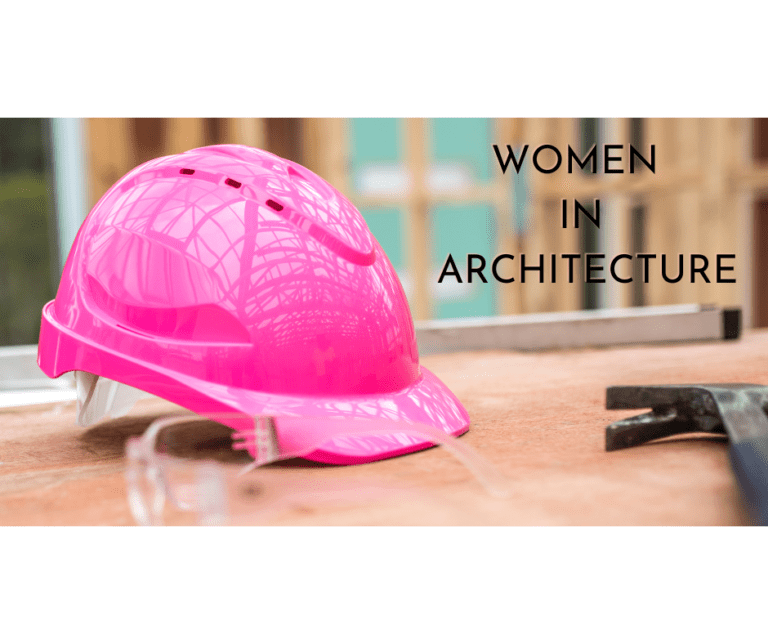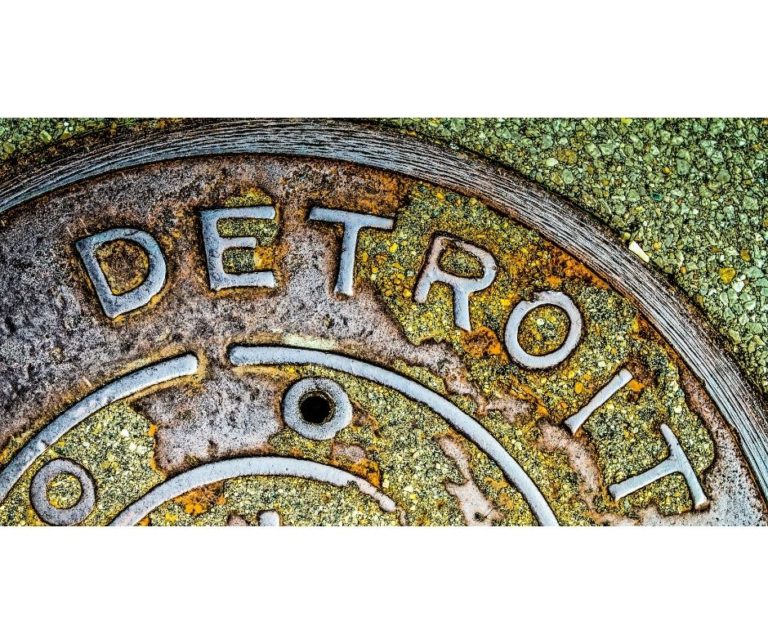
With the exception of Marfa, it’s a tall order to find modernist architecture gracing the vast horizon of West Texas. However, an announcement from the Museum of Texas Tech University indicates that will change, at least in Lubbock to start.
Museum leadership has selected one of the most innovative architecture firms in the country — Morphosis Architects — to design a masterplan for the expansion of the multidisciplinary museum, which Texas Tech is calling the Universiteum of Texas Tech.
For the next three months, the Morphosis team, led by founder Thom Mayne, FAIA, and principal Arne Emerson, will be working with the museum to create a programmatic and schematic plan for the expansion, which will make changes to the current museum in both form and function.
“It’s not just an extension, or even a model of what a 21st-century museum should be like,” says the executive director of the Museum, Gary Morgan. “We want this to be the model of what museums of the 22nd century would be like.”
That vision includes a 40,000-sf expansion of gallery space and the creation of a community engagement center, as well as a reformulation of the relationships between existing parts of the museum and between the museum and other nearby buildings.
Morphosis, which has already designed one landmark museum in Texas — the Perot Museum of Nature and Science in Dallas — sought out the museum commission due to the inherent appeal of the museum typology, but also due to the bold vision behind the project.
“Everyone goes for museums — they are one of the most interesting building typologies and some of the most coveted projects, even if it is in far western Texas,” Morphosis principal Arnie Emerson says.
“Museums are a platform of dialogue and discussion, and museums of science and nature are critical for education and getting the facts out there,” he says. “I think the project was interesting to us because they [at the museum] have a commitment to extending this world-class research technology.”
Morphosis was chosen from 28 architecture and design firms who expressed interest in Texas Tech’s open solicitation for the project, and Morgan said narrowing it down to a short list was a difficult task that took a few months.
“This is a rather unusual project. It’s a rather broad project in terms of the various components in it,” he says. “What led us to designing with Morphosis was that they convinced us that they could deliver the kind of excellence that we needed in those multiple components.”
Morgan said some of those components include the formulation of public, gallery, and laboratory spaces, the integration of community engagement and traditional museum spaces, an expansion of storage areas, and a dedication to sustainability and environmental considerations, not to mention an ability to produce striking formal architecture.
He emphasizes that the predominant characteristic of the Universiteum is its interdisciplinary nature as a museum, educational and cultural center that spans a range of fields and invites a variety of visitors, from researchers, students, and faculty to locals and out-of-towners.
“We want to draw out the best things happening in museums and science centers and arrange them right across that extraordinary spectrum of disciplines and link them with active research to enhance peoples understanding of why research universities matter,” Morgan says.
“And we want it wrapped in that gob smacking, stop-you-in-your-tracks architecture — as if the architecture were an exhibit of its own.”
Source: Texas Architects







